Trusted company that deals in quality-made products
High Pressure Hydrostatic Test Pumps
Product Details:
- Flow Rate 9 LPM to 20 LPM
- Head Size Forged 304 / 316
- Theory Reciprocating Pump
- Material Standard
- Structure Piston Pump
- Power Electric
- Product Type High Pressure Reciprocating Triplex Plunger Pumps
- Click to View more
X
High Pressure Hydrostatic Test Pumps Price And Quantity
- 1 Set
High Pressure Hydrostatic Test Pumps Product Specifications
- High Pressure
- 9 LPM to 20 LPM
- Forged 304 / 316
- Electric
- Reciprocating Pump
- Piston Pump
- Diesel
- Positive Displacement Reciprocating Pump
- Water
- Standard
- High Pressure Reciprocating Triplex Plunger Pumps
- Standard
High Pressure Hydrostatic Test Pumps Trade Information
- All over India, Mumbai, Mundra, Pipavav
- 75 Set Per Month
- 2 Week
- Yes
- Contact us for information regarding our sample policy
- Wooden box with plastic wrapping, Export packaging, as per client demand
- Pondicherry, Dadra and Nagar Haveli, Tripura, Manipur, Himachal Pradesh, East India, Assam, Arunachal Pradesh, Bihar, Chandigarh, Delhi, Goa, Jammu and Kashmir, Jharkhand, Karnataka, Maharashtra, Mizoram, Meghalaya, Punjab, Rajasthan, Sikkim, Telangana, West Bengal, Andaman and Nicobar Islands, Nagaland, Daman and Diu, Uttarakhand, Lakshadweep, Uttar Pradesh, Haryana, Gujarat, Tamil Nadu, South India, Madhya Pradesh, North India, Andhra Pradesh, Kerala, Central India, Odisha, West India, Chhattisgarh, All India
- MSME, IE
Product Description
A hydrostatic test pump is a device used to test the strength and integrity of pipes, tanks, valves, and other pressure vessels by subjecting them to high-pressure water. The pump pressurizes the vessel with water to a predetermined pressure and holds it for a specified amount of time while the vessel is visually inspected for leaks or deformations.High Pressure Hydrostatic Test PumpsFeatures: Hydrostatic test pumps come with various features that make them useful for different applications. Here are some common features of hydrostatic test pumps: Pressure capacity: Hydrostatic test pumps are available with different pressure capacities, ranging from a few hundred PSI to several thousand PSI. The pumps pressure capacity should be chosen based on the maximum pressure the vessel being tested can handle. Pumping capacity: The pumping capacity of a hydrostatic test pump determines how quickly it can pressurize the vessel being tested. A high pumping capacity can reduce the testing time, while a low pumping capacity may require longer testing times. Power source: Hydrostatic test pumps can be powered by electricity, gas, or manual operation. Electric pumps are typically more powerful and faster than manual pumps, while gas-powered pumps offer more portability. Control features: Some hydrostatic test pumps come with advanced control features, such as digital displays, pressure gauges, and automatic shut-off valves. These features can help to ensure that the testing process is accurate and efficient. Portability: Portable hydrostatic test pumps are designed to be easily transported from one location to another. They may come with built-in wheels or handles for easy movement. Durability: Hydrostatic test pumps should be made from high-quality materials that can withstand exposure to water, pressure, and other environmental factors. Stainless steel and aluminum are common materials used in pump construction. Safety features: Hydrostatic test pumps should have safety features, such as pressure relief valves, to prevent over-pressurization of the vessel being tested. The pump should also be designed to prevent backflow of water or other fluids, which could damage the pump or cause injury to the operator. Hydrostatic Test Pump Applications: Hydrostatic test pumps are widely used in many industries to test the integrity and strength of pressure vessels and piping systems. Here are some common applications of hydrostatic test pumps: Oil and gas industry: Hydrostatic test pumps are commonly used in the oil and gas industry to test the strength of pipelines and pressure vessels used in oil and gas exploration, drilling, and transportation. Chemical industry: In the chemical industry, hydrostatic test pumps are used to test the integrity of pipes and tanks used to store and transport chemicals. This is important to ensure that there are no leaks that could result in environmental contamination or worker exposure to hazardous chemicals. Power generation: Hydrostatic test pumps are used in power plants to test the strength of pressure vessels and piping systems used in steam turbines, boilers, and other equipment. This is important to ensure that the equipment can withstand the high pressures and temperatures required for power generation. Construction industry: In the construction industry, hydrostatic test pumps are used to test the integrity of water mains, fire hydrants, and other piping systems used in buildings and infrastructure projects. Aerospace industry: Hydrostatic test pumps are used in the aerospace industry to test the strength and integrity of fuel tanks and other pressure vessels used in aircraft and spacecraft. Automotive industry: In the automotive industry, hydrostatic test pumps are used to test the integrity of fuel tanks, radiators, and other pressure vessels used in vehicles. Overall, hydrostatic test pumps play a critical role in ensuring the safety and reliability of pressure vessels and piping systems in many industries.BHP Series Model Selection Chart: Model SPM Flow (LPM) Max. Rated Pressure-kg/cm2 (MOTOR-HP) Transmission BHP12 730 9 1200(30) 1000(25) 800(20) 600(15) Pulley & Belt Drive 540 7 1200(25) 1000(20) 800(15) 600(12.5) Pulley & Belt Drive 420 5 1200(20) 1000(15) 800(12.5) 600(10) Pulley & Belt Drive BHP14 730 13 1000(40) 800(30) 600(25) 400(15) Pulley & Belt Drive BHP16 730 17 750(40) 600(30) 500(25) - Pulley & Belt Drive Frequently Asked Questions: 1. What is the maximum pressure capacity of a hydrostatic test pump?Answer: The maximum pressure capacity of a hydrostatic test pump can vary depending on the model and manufacturer. It can range from a few hundred PSI to several thousand PSI.2. How do I choose the right hydrostatic test pump for my application?Answer: When choosing a hydrostatic test pump, consider the pressure capacity and pumping capacity required for your application. You should also consider the power source, control features, portability, durability, and safety features of the pump.3. How often should I perform hydrostatic testing?Answer: The frequency of hydrostatic testing depends on the industry and specific equipment being tested. In general, it is recommended to perform hydrostatic testing on pressure vessels and piping systems at least once a year.4. How do I perform a hydrostatic test?Answer: To perform a hydrostatic test, the vessel being tested is filled with water, and the pump is used to pressurize the vessel to a predetermined pressure. The pressure is held for a specified amount of time, and the vessel is visually inspected for leaks or deformations.5. Can I use a hydrostatic test pump to test gases instead of liquids?Answer: No, hydrostatic test pumps are designed to test the strength and integrity of vessels and piping systems using liquids, typically water. They are not suitable for testing the strength of gas-containing vessels or systems.FAQs of High Pressure Hydrostatic Test Pumps:
Q: What applications can the High Pressure Hydrostatic Test Pumps be used for?
A: The High Pressure Hydrostatic Test Pumps can be used for water hydro pressure testing, high-pressure water jet cleaning, industrial tube cleaning, and washing purposes.Q: What type of fuel is required for operating the High Pressure Hydrostatic Test Pumps?
A: The High Pressure Hydrostatic Test Pumps operate using diesel as the fuel type.Q: What flow rate range does the pump offer?
A: The pump provides a flow rate range from 9 LPM to 20 LPM.Q: What is the structure and suction type of the pump?
A: The pump has a piston pump structure and operates using positive displacement reciprocating suction.Q: What material and head size are used in the construction of the pump?
A: The pump is made using standard materials with a head size forged from 304/316-grade materials.Tell us about your requirement

Price:
Quantity
Select Unit
- 50
- 100
- 200
- 250
- 500
- 1000+
Additional detail
Mobile number
Email

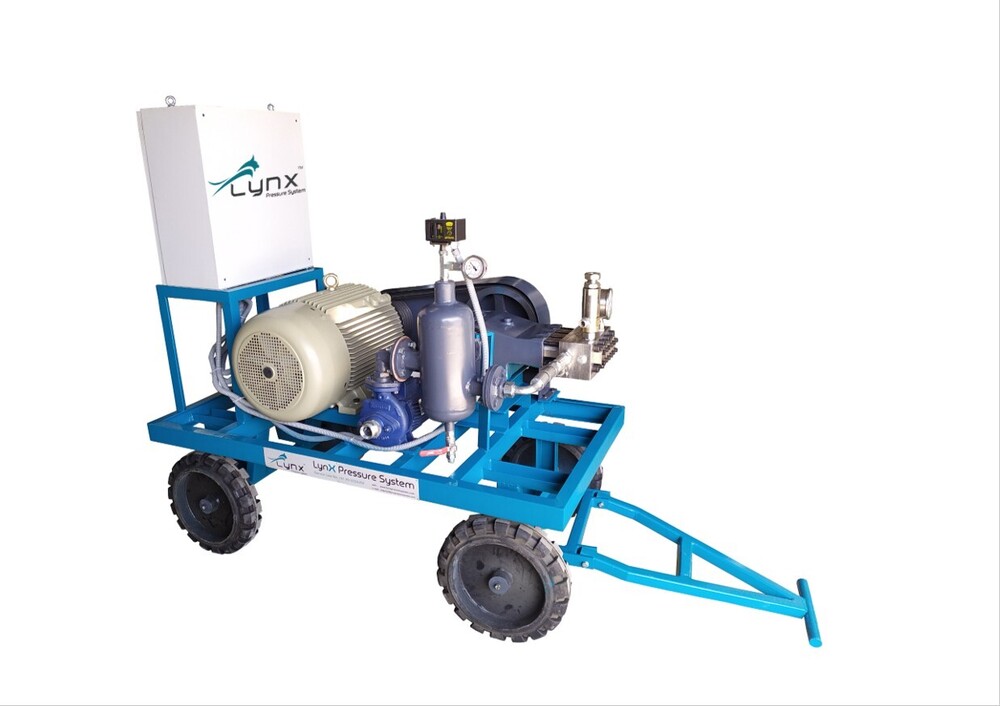


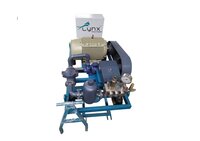
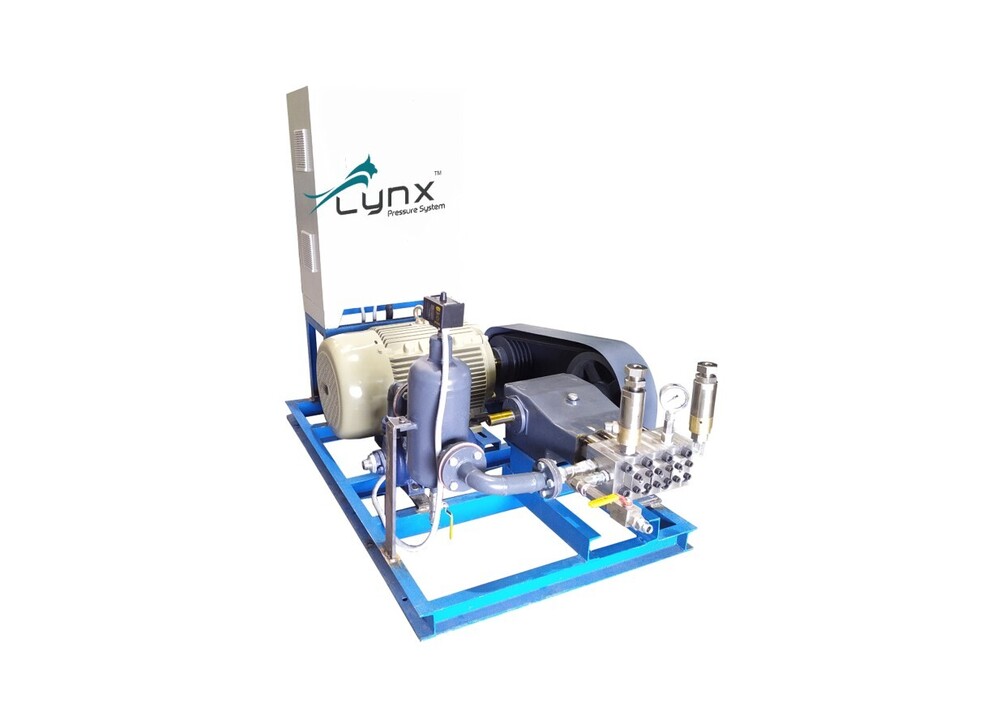
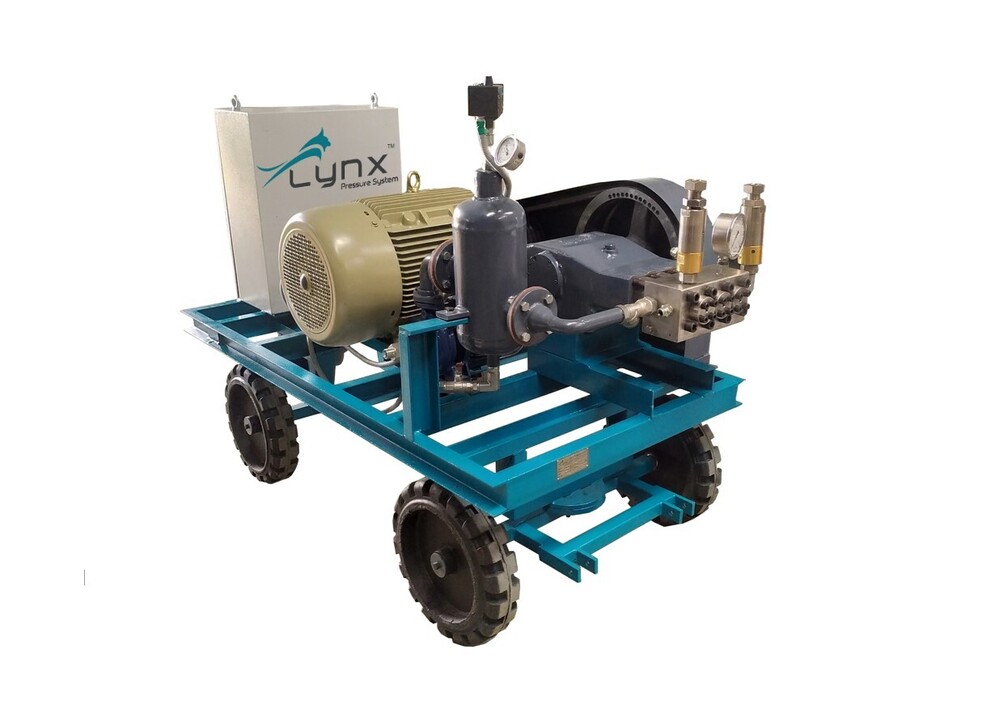





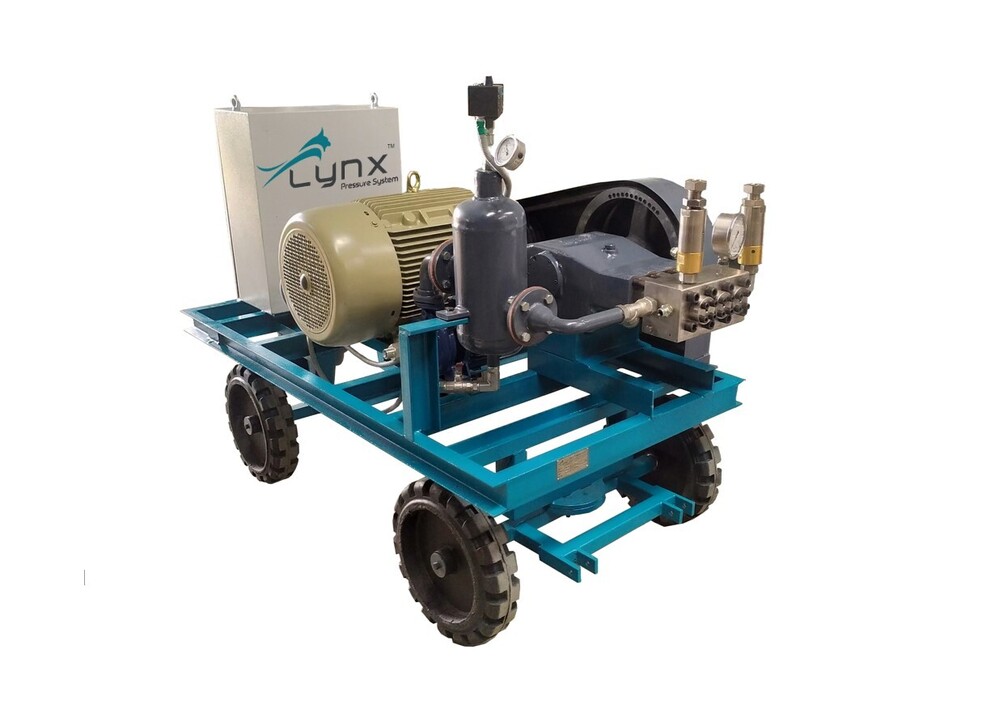
 Call Me Free
Call Me Free
